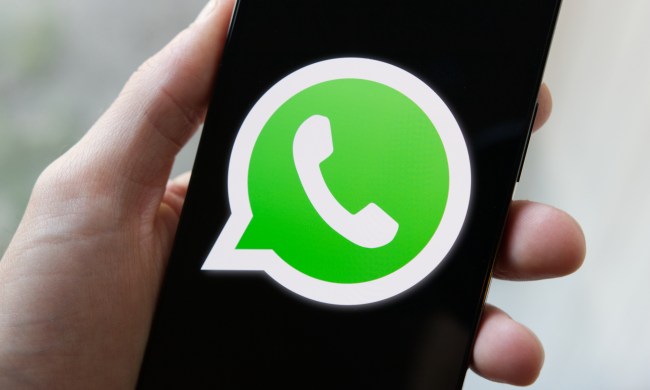Mozilla is trying its best to stay relevant in a tech landscape dominated by the major players, and that may mean moving away from its ultra-budget phone scheme. With Firefox OS-powered $25 handsets struggling to gain traction in India and Indonesia, the nonprofit has decided to focus on compelling features instead — which might mean Android app support.
According to an email seen by CNET, Mozilla wants to “build phones and connected devices that people want to buy because of the experience, not simply the price” in the words of chief executive Chris Beard. “We have not seen sufficient traction for a $25 phone, and we will not pursue all parts of the program,” he adds.
Mozilla is focused as much on open software as it is sales and market share, so it’s aims are not directly comparable to the likes of Google, Apple, and Microsoft, but it still wants to make a difference. “We will seek out opportunities that align with our relentless pursuit of the Mozilla mission, our strategy of building great products and empowering people, and the impact we aim to have in the world,” says Beard.
Mozilla’s newly revamped strategy is called Ignite and hasn’t yet been officially made public. According to Beard’s email, it involves focusing on the development of Web apps (including offline support and a more streamlined update process), as well as extending Firefox OS to other devices besides phones. It wants to create a framework that others can build on.
And then there’s Android app support. Beard says the organization will “explore” the idea of bringing the Google Play Store (or something like it) to Firefox OS, though the focus will still be on the Web. The idea is that it could help improve the adoption of the platform in the short term, bridging the gulf between the Google’s well-established mobile operating system and Mozilla’s relatively new one.


